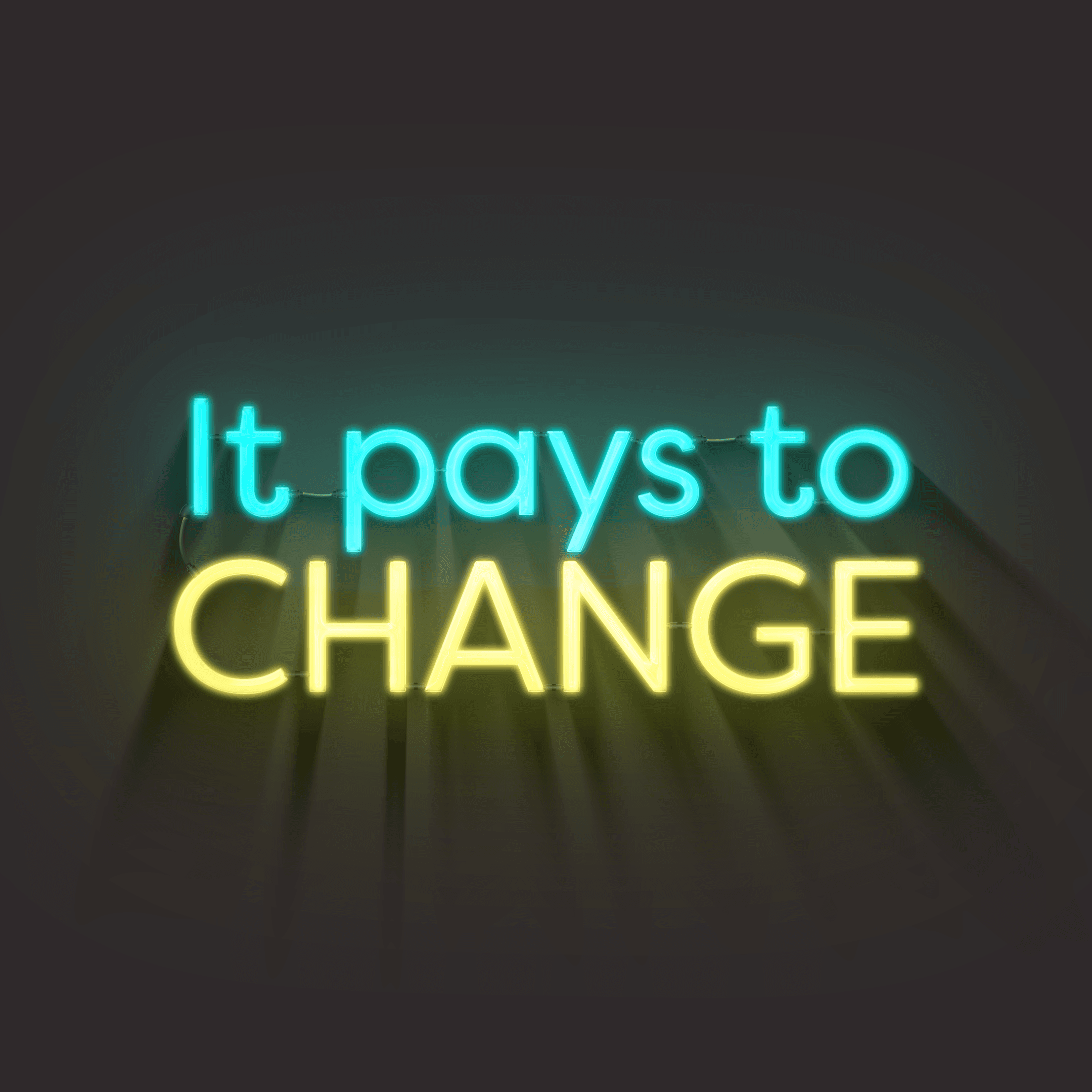How to read your power bill

If the only detail you look at when you open your power bill is how much money you owe, we don’t blame you. All the different details on a power bill can be overwhelming. But understanding them a bit more could help you identify where you could be making savings.
Below, we explain some of the components you might have seen but never really understood on your power bill.
ICP number
ICP stands for Installation Control Point, and every home has a unique one. It’s a 15-digit number that tells power companies how your home is connected to the electricity network. The only times you’ll need to refer to your ICP number are:
when you’re switching power companies
when using this website if it can’t match your address to its ICP.
What you owe and when it’s due
This one needs no explainer. Making a note of the due date and paying before that date will keep you from having to pay late fees, which can add up if you often pay late.
Bill breakdown
This section shows what you’re paying for power and how much you’re using. You are likely to see two charges in this section.

Daily fixed charge (typically shown in $/day). This is the cost of getting electricity from power stations to your home, using the network of national and local power lines. It is a set amount that is the same each day, regardless of how much electricity you use. Different power plans will have different daily fixed charges.

Variable charge (typically shown in c/kWh). This is the cost, in cents, of the units of power you have used over the period of your bill, measured in kilowatt hours (kWh).
You’ll need to pay close attention to these two charge amounts if you’re thinking about changing power company. You’ll need to consider them when comparing plans – there’s no point shifting to a plan with a lower variable charge if a higher daily fixed charge means you end up paying more overall.
You don't need to call around power companies and scribble down numbers to compare options. Powerswitch can do the comparisons for you. If you have these two charge details to hand, Powerswitch can give you an accurate comparison.
If you don’t have a smart meter, the usage on your bill will be shown as either an estimate or actual usage, depending on whether your meter has been read recently or not. If you have an estimated bill that seems too high, you can check the numbers shown on your meter and contact your power company to give them the actual readings and ask for a new bill.
Usage graphs
Depending on the power company you are with, you might be able to log on to its website or download an app to get more information about how your household is using electricity. Some even let you view your power usage by the hour, so you can drill down to see how much power you’re using at different times of the day.
Ways to pay your bill
Here’s another one you might be in the habit of skipping. Next time you get a power bill, check out if there’s a different way to pay that could work better for you. Direct debit, for example, might save you being stung with late payment fees.
Some power companies will also let you make a regular set-amount payment. This makes it easier to budget because you know what you will be paying each month. It takes into account the months when your power use is higher and lower and then averages out your payments.
Your power company’s contact information
Don’t be afraid to get in touch with your power company from time to time to ask if they have a better plan you can change to – or to let them know the results of using the Powerswitch calculator.
Information about bundled services
If you’ve signed up for a bundled plan (where your power company also provides your broadband and/or mobile phone services), your bill will include the extra information about your use of those services.
We’ve put together information on 3 things to think about with bundled plans.

How much could you save?
With the market always changing, it pays to check often for the best deals. We compare thousands of electricity and gas plans for free. Do a quick check to see how much you could be saving
Learn moreLearn more